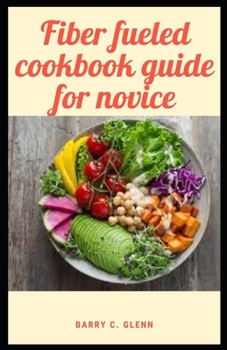Fiber Fueled Cookbook Guide For Novice: Fiber is a complex carbohydrate found in the cell walls of all plant-based foods
Because fiber is only found in plant-based foods, you should naturally find yourself eating less meat on a high fiber diet. Additionally, many of the best fiber sources are whole (or minimally-processed), nutrient-dense foods. A high fiber diet also promotes healthier eating patterns overall. High fiber foods such as whole grains, fruits, vegetables, nuts, and seeds can take longer to chew than other foods and will help keep you full longer. Add more fiber-rich foods into your diet to help you eat slower, savor your meals, and prevent overeating.If you're just starting a high fiber diet, it's important to increase your fiber intake gradually, as too much too quickly can cause an upset stomach. Drinking plenty of fluids can help keep waste moving through your digestive tract smoothly, too. It should take only a couple of weeks for your body to adjust to a higher intake of fiber, and once it does you'll be able to experience its many benefits.To get the most benefits from a high fiber diet, you should be consuming a variety of fiber-rich fruits, vegetables, legumes, grains, nuts, and seeds over the course of the day. Just because bananas are a good source of fiber doesn't mean you should be eating 10 of them to meet your daily needs. Doing so will cause you to miss out on other key nutrients that come from a diverse high fiber diet. Here's a breakdown of the high fiber diet's top players, and why it's important to incorporate foods from each category into your daily routine.
Format:Paperback
Language:English
ISBN:B091WCGJT6
ISBN13:9798733838618
Release Date:January 1
Publisher:Independently Published
Length:152 Pages
Weight:0.40 lbs.
Dimensions:0.3" x 5.5" x 8.5"
Customer Reviews
0 rating





